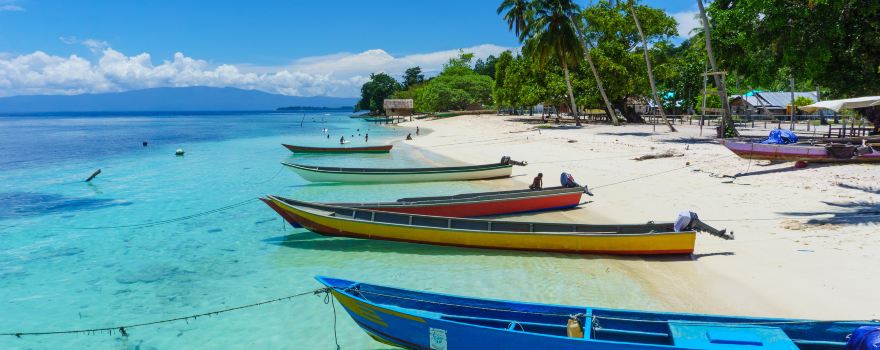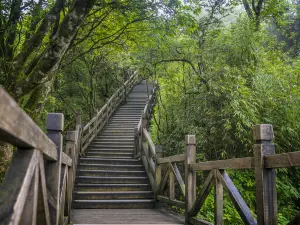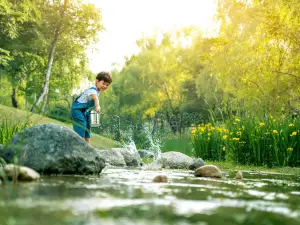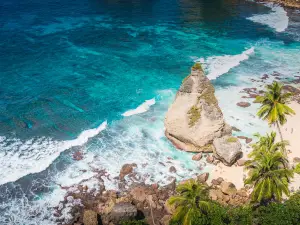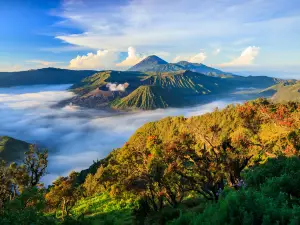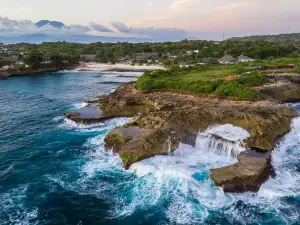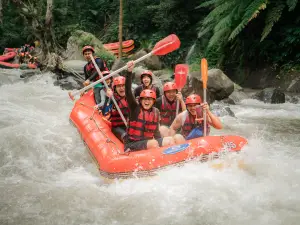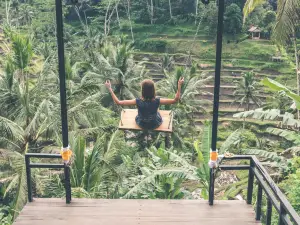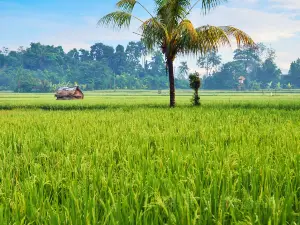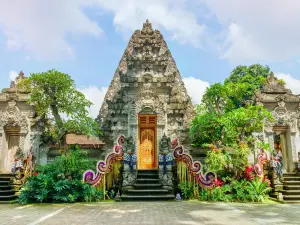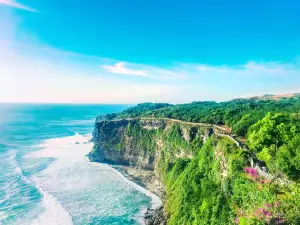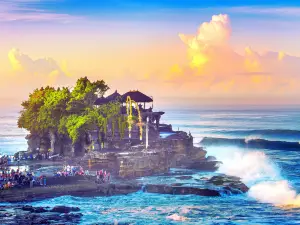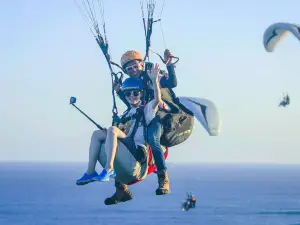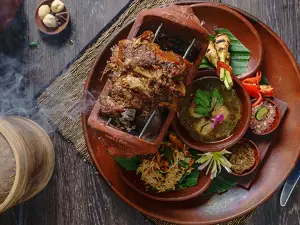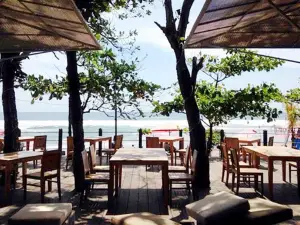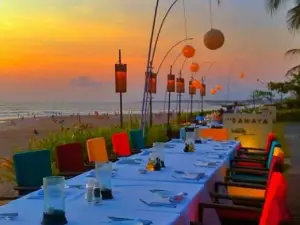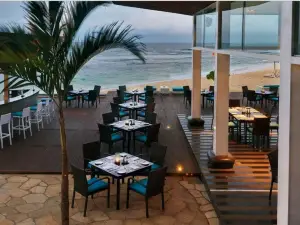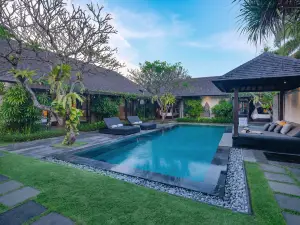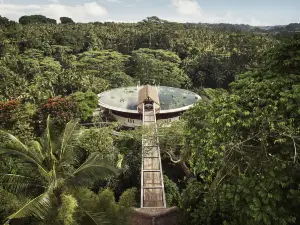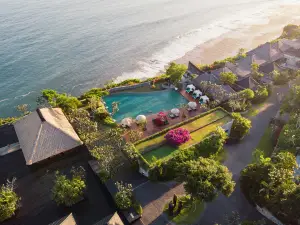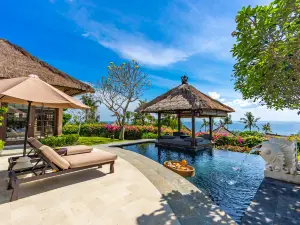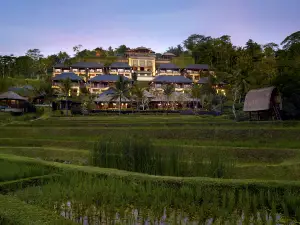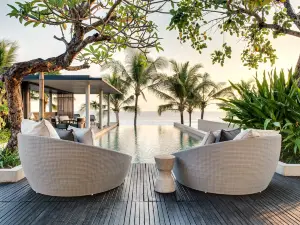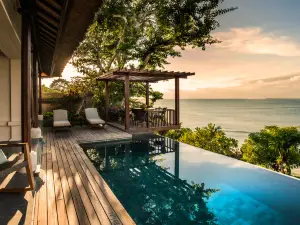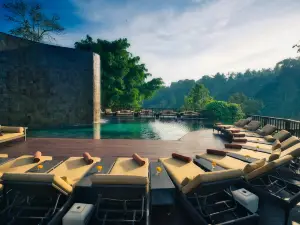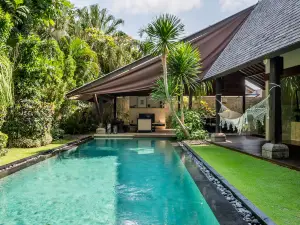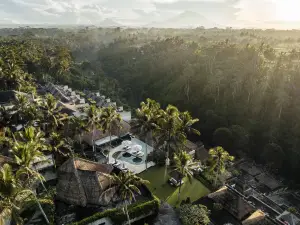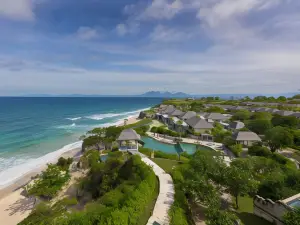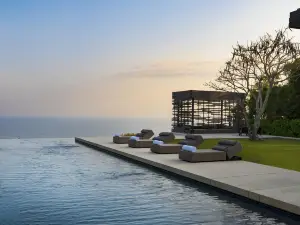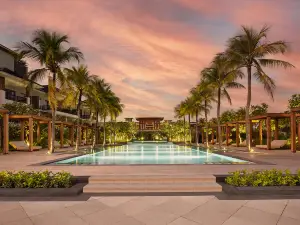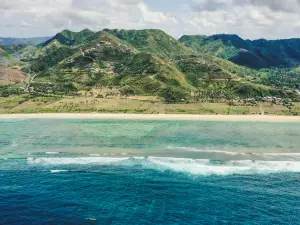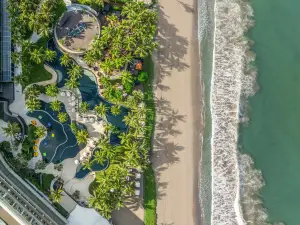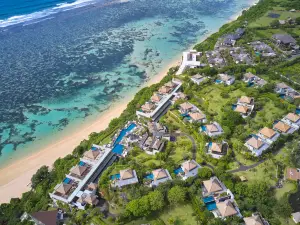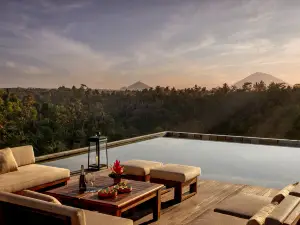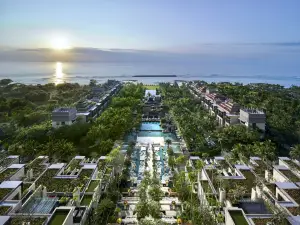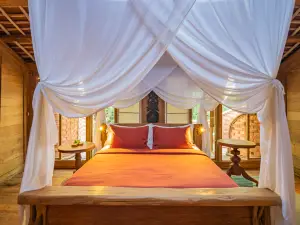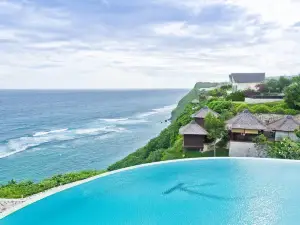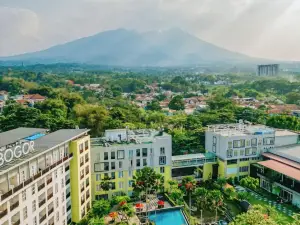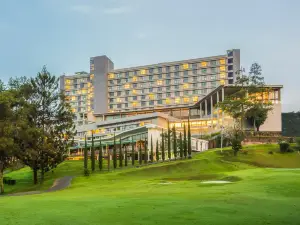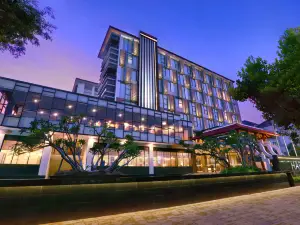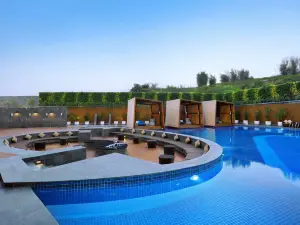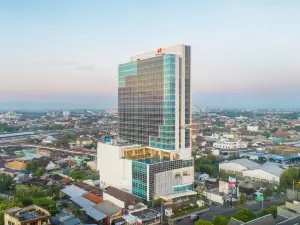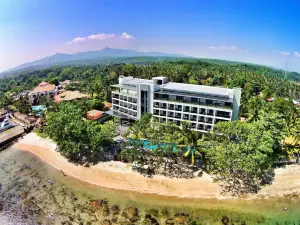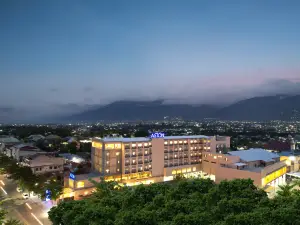2025 Indonesia Travel Guide: Weather, Transportation, Popular Attractions, and Everything You Need (Updated 2025 4)
About Indonesia
Recommended trip: 5–10 day(s)
Recommended trip: 5–10 day(s)Indonesia Local Experiences Map
Indonesia Local Travel Guide 2025
Indonesia Brief Guide
Indonesia, an archipelago with over 17,000 islands, presents a vast diversity from its landscapes to historical sites. A traveler can hardly miss the pristine beaches of Bali with popular spots like Kuta and Nusa Dua, the ancient Buddhist temple of Borobudur in Java, or the adventurous calls of the wild in Borneo's Tanjung Puting National Park for Orangutan sightings. The significant tourism highlights include Komodo National Park, home to the fascinating Komodo dragons, the magnetic allure of Balinese culture present in Ubud's art and dance, and the volcanic marvels of Mount Bromo that promise a breathtaking sunrise view. From the traditional dances and music intertwined with religious rituals in Bali to the rugged, tropical depth of Sumatra's rainforests, Indonesia offers a slice of paradise for every type of traveler. The traditional foods reflecting a fusion of indigenous and foreign influences serve as a gastronomic exploration of Indonesia's cultural heritage.
Indonesia Best Time To Visit
The best time to visit Indonesia is between May and September, during the dry season, when the weather is generally sunny and there is less chance of rain, allowing for optimal conditions for outdoor activities. The high season, which includes July and August, is particularly vibrant with beach parties and a busy atmosphere, although it can get quite crowded. For those seeking a quieter yet equally pleasant time, the shoulder months of May, June, and September offer great weather with fewer tourists and lower prices. Each of these periods provides unique advantages, whether one is looking for lively beach scenes or more serene exploration opportunities.
Indonesia Must-try Local Experiences
1. Explore the Enchantment of Bali Immerse yourself in Bali’s beauty by admiring its pristine beaches, lush rice terraces in Ubud, and iconic temples like those in Uluwatu and Tanah Lot Temple. Don’t miss Pura Lempuyang Luhur, where you can capture your own epic photo at the Gates of Heaven with Mount Agung in the background. 2. Visit the Majestic Borobudur Temple Explore Borobudur Temple, a UNESCO World Heritage site and one of the world’s largest Buddhist temple complexes. Admire the intricate carvings and stunning architecture. For the best photos, visit at sunrise when soft morning light casts a sacred glow over the temple. 3. Discover the Wonders of Komodo National Park Visit Komodo National Park to see the majestic Komodo dragons in their natural habitat. Enjoy snorkeling and diving in the park’s clear waters, surrounded by incredible marine life. 4. Experience the Thrill of Volcano Trekking Hike up Mt Bromo to capture breathtaking sunrise views, or head to Gunung Ijen for its surreal landscapes and the mesmerizing blue flames—a sight not to be missed. 5. Jakarta City Tour Dive into the vibrant city life of Jakarta, visiting landmarks like the National Monument, Jakarta Old Town, and Glodok Chinatown Market. Experience modern shopping at Grand Indonesia and Central Park, featuring local boutiques and a wide range of dining options. 6. Experience Traditional Javanese Puppetry Watch a Wayang Kulit shadow puppet show accompanied by gamelan music, telling epic tales from Indian mythology. 7. Attend the ARTJOG Art Festival Join the month-long ARTJOG Art Festival, a lively celebration of art, music, and culture showcasing the talents of local and international artists. 8. Watch the Bali Kite Festival During the Bali Kite Festival, watch the sky fill with colorful kites—a vivid display of Balinese creativity and tradition. 9. Taste Indonesian Cuisine Savor dishes like nasi goreng, satay, and rendang. Explore local markets to try fresh tropical fruits and street food. 10. Find Unique Treasures in Local Markets Explore traditional markets in Yogyakarta like Beringharjo Market, known for batik fabrics, handmade crafts, and local delicacies. Bargain for unique souvenirs. 11. Capture the Beauty of Tegalalang Rice Terrace Photograph the stunning Tegalalang Rice Terrace in Bali, where lush green tiers cascade down the hillsides. 12. Unwind with a Traditional Massage Enjoy a Balinese massage in a serene setting with aromatic oils, relaxing both body and mind with the skilled touch of local therapists.
Indonesia Travel Tips
1. Plan Ahead for Popular Attractions: Many popular attractions in Indonesia, such as Borobudur Temple and Komodo National Park, require advance reservations. Make sure to book your tickets early to avoid disappointment. 2. Dress Modestly at Religious Sites: When visiting religious sites such as temples and mosques in Indonesia, dress modestly by covering your shoulders and knees. This shows respect for local customs and religious practices. Both men and women are required to wear sarongs that cover their legs below the knee. Many popular temples provide sarongs for rent, but it's best to bring your own to ensure proper coverage. 3. Volcano Trekking Preparation: If planning to trek volcanoes like Mount Bromo or Mount Rinjani, be prepared for early morning starts and cold temperatures. Bring warm layers, sturdy shoes, gloves, and a headlamp. Trekking poles are recommended. Pack light and bring essentials only. 4. Respect Local Religious Practices: Indonesia is predominantly Muslim, and visitors should respect local religious practices, such as fasting during Ramadan and the call to prayer. Avoid eating, drinking, or smoking in public during daylight hours during Ramadan. 5. Use the Right Hand for Giving and Receiving: In Indonesian culture, the right hand is used for giving and receiving items, as the left hand is considered impolite. Always use your right hand when interacting with locals. 6. Stay Alert for Earthquakes: Indonesia is located on the Pacific Ring of Fire and is prone to earthquakes. Familiarize yourself with earthquake safety procedures: drop to your hands and knees, cover your head and neck, and hold on to something sturdy. After the shaking stops, evacuate calmly and move to higher ground if near the coast. 7. Be Cautious of Street Food: While Indonesian street food is delicious, be cautious about where you eat. Choose busy vendors with high turnover and good hygiene practices. Avoid pre-cooked and reheated food, raw or undercooked meats, and unpeeled fruits. Stick to bottled water and avoid ice from unknown sources to prevent foodborne illnesses. 8. Drone Photography Restrictions: Drone photography is regulated in Indonesia. You need to obtain permission from local authorities, especially in national parks, near airports, and over temples. Drones must not fly above 150 meters without a permit and should not be flown over crowds or at night. Always check the rules before flying a drone. 9. Sacred Site Photography: When photographing at temples or during religious ceremonies in Indonesia, always ask for permission first. Some sites may charge a fee or prohibit photography entirely. Be respectful, avoid using flash or drones, and do not photograph people praying or during sacred rituals without explicit consent. Always dress modestly and follow local customs to show respect. 10. Modest Beachwear: While beachwear is acceptable at major tourist beaches, it's respectful to cover up when leaving the beach area. Bring a sarong or light cover-up to wear over your swimsuit when walking through towns or villages, especially in more conservative areas.
Indonesia Transportation
Indonesia is accessible by flying into major international airports like Soekarno-Hatta International Airport(CGK) in Jakarta, Ngurah Rai International Airport(DPS) in Bali, and Juanda International Airport (SUB) in Surabaya. Airlines such as Garuda Indonesia, Emirates, and Singapore Airlines offer international flights to these airports. Alternatively, travelers from neighboring countries like Malaysia and Singapore can also reach Indonesia by sea using ferries and speed boats.
Indonesia Best cities to visit
Surabaya is the second largest city in Indonesia and is located on Java's northern shore. It is known as 'the City of Heroes' due to its role as the sight of many events leading up to Indonisian independence. The city is not popular with tourists, and is usually an entry point in the more popular locations of Bali and Mount Bromo. However, Surabaya has much to offer along the lines of culture and cuisine.
Indonesia Useful Guide
Natural disasters such as earthquakes, tsunamis, and floods are frequent. Always stay informed through local alerts and understand evacuation protocols. In case of such emergencies, you can reach out to natural disaster assistance at 129 or search and rescue at 115. Traffic can be notably hazardous. Prioritize using reputable transportation services and obey traffic laws. Wear helmets on motorcycles and secure car seat belts. For road emergencies, dial the police at 110. In any urgent situation requiring police, medical, or firefighting assistance, the primary numbers are 110/112 for police, 118/119 for medical emergencies, and 113 for firefighters. Always have these numbers saved and accessible during your stay.
Trip.Best: Indonesia
Popular Destinations
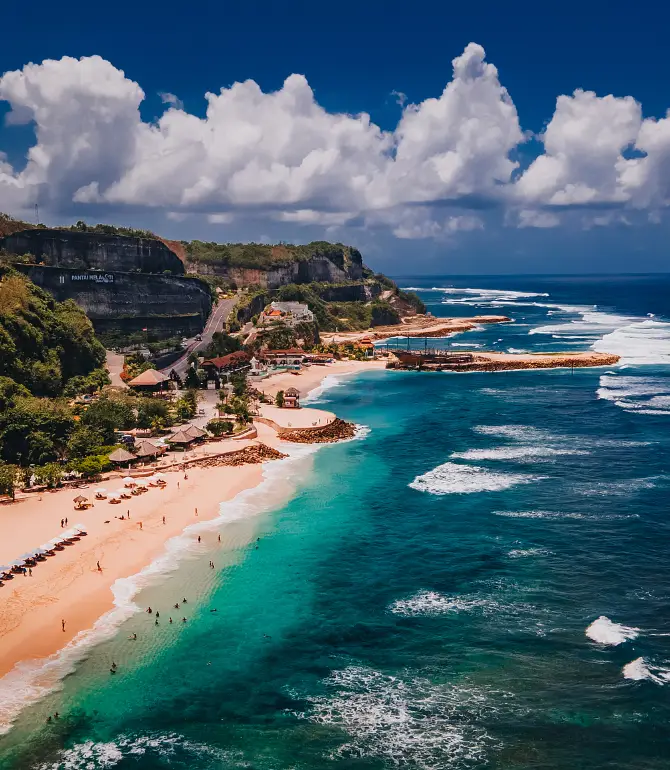
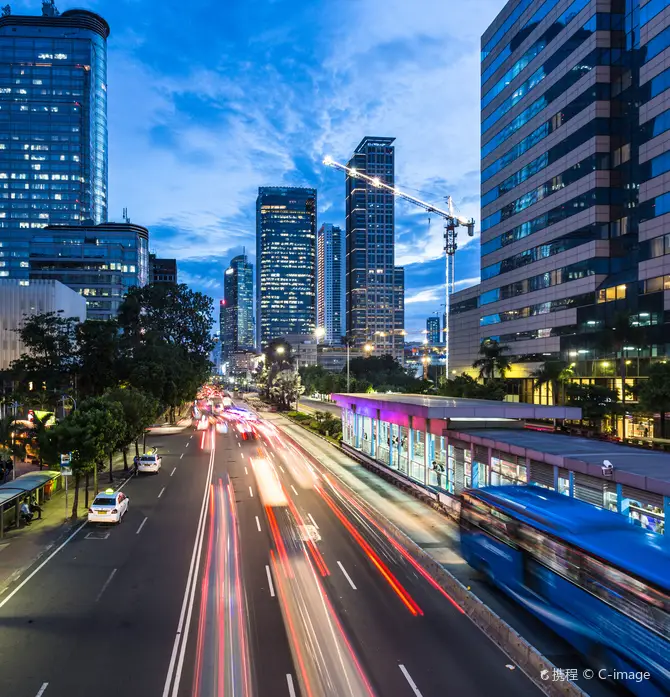
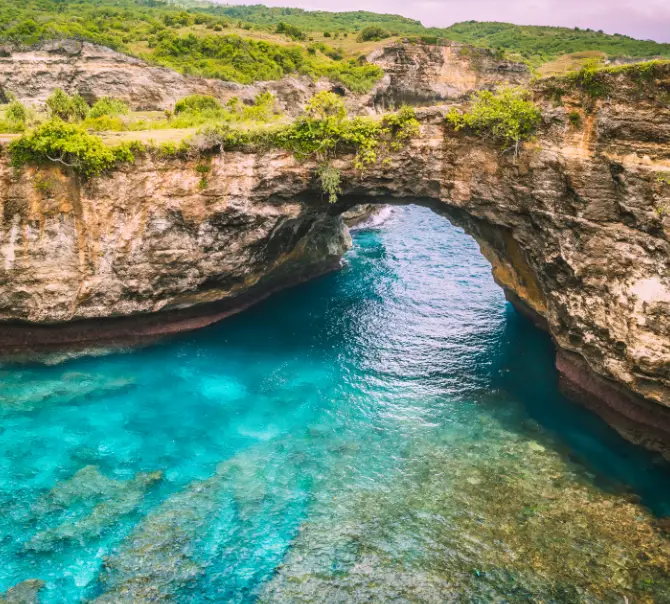

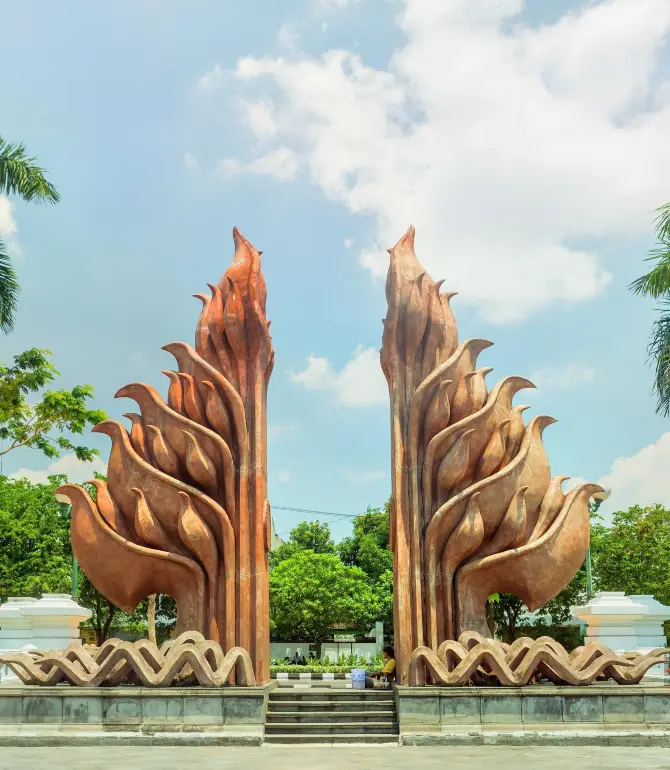
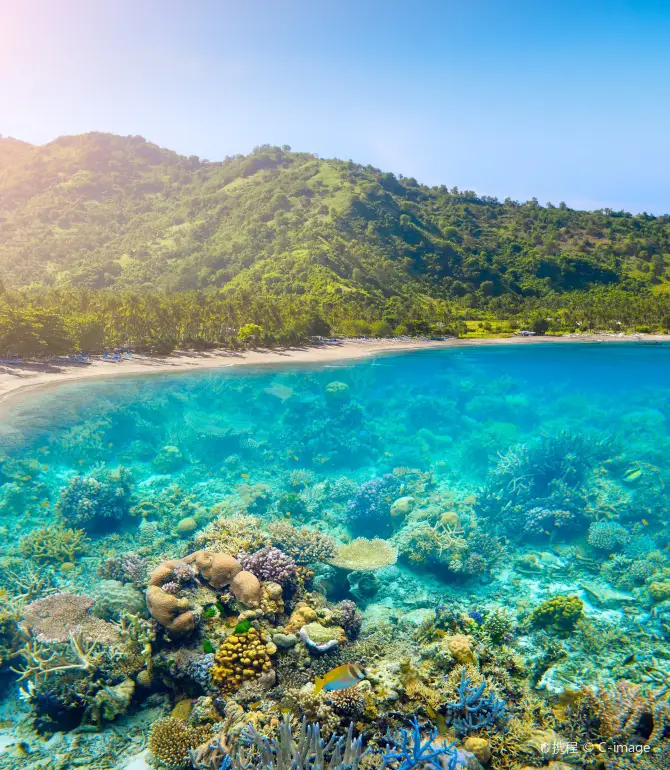

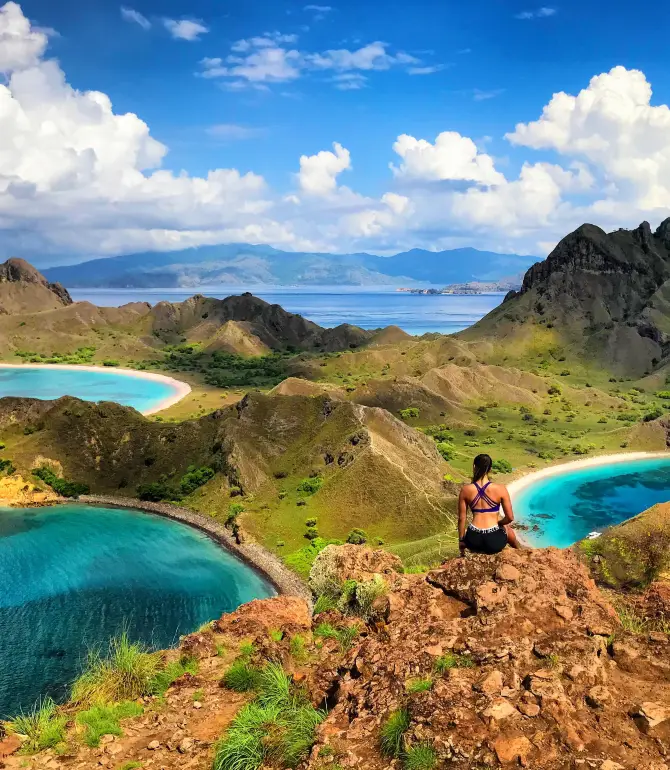
Things to do in Indonesia
What to Do
What to Eat
Indonesia Moments: Through Travelers' Eyes

One of the recommended attractions of Indonesia ❤️😍

Seminyak!

It's been three days and nights, and I'm still amazed. I can't close my mouth.

🇮🇩 5 days in Bali, Indonesia

Live in a fairyland! Amanjiwo, Indonesia, a perfect encounter of luxury and nature

Bali Dream Trip: A Full Experience at Six Senses Uluwatu, Bali

Batam: A Dreamy Vacation Island in Southeast Asia

Bandung, a hidden gem in Southeast Asia
Best of Indonesia
Site Operator: Trip.com Travel Singapore Pte. Ltd.
